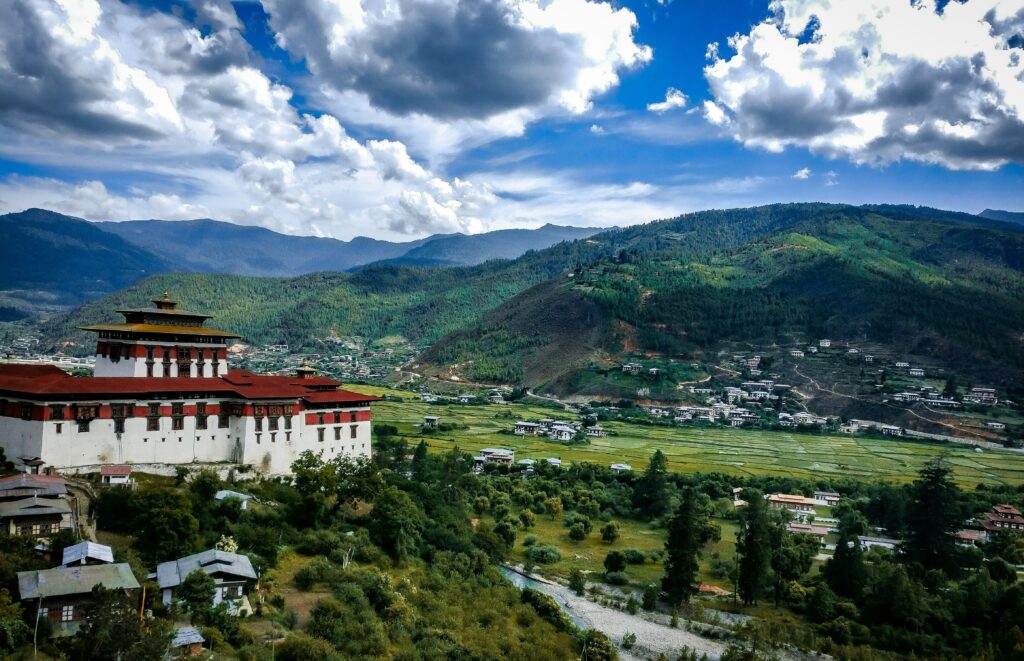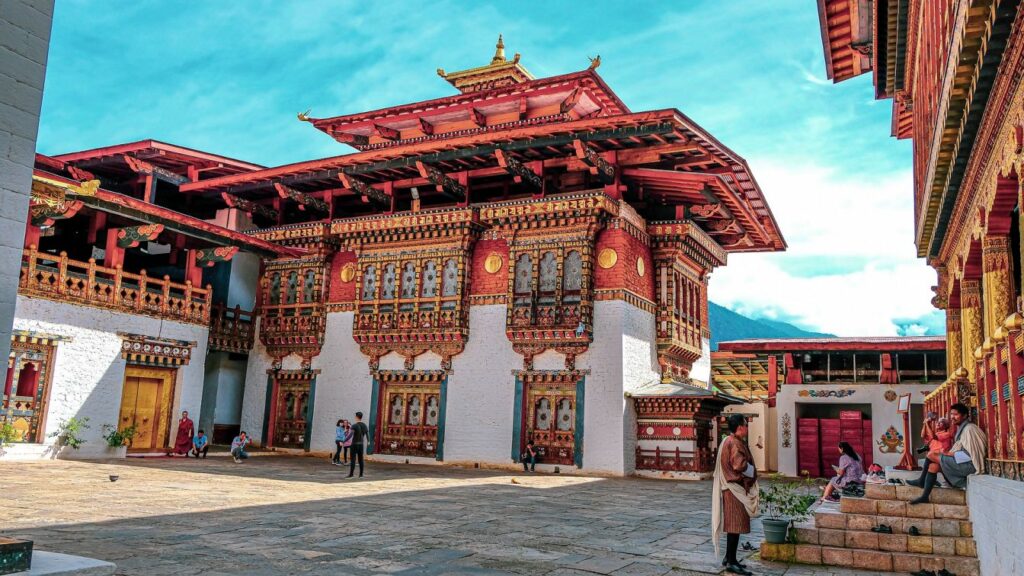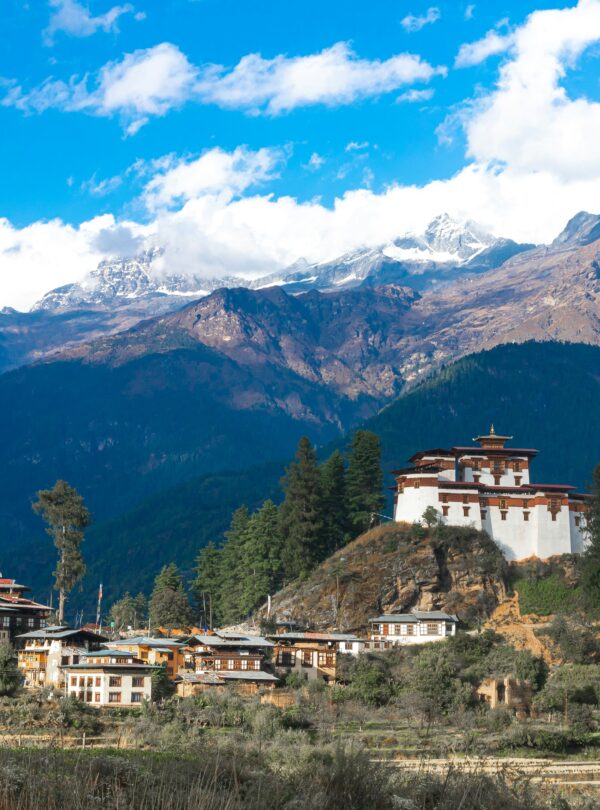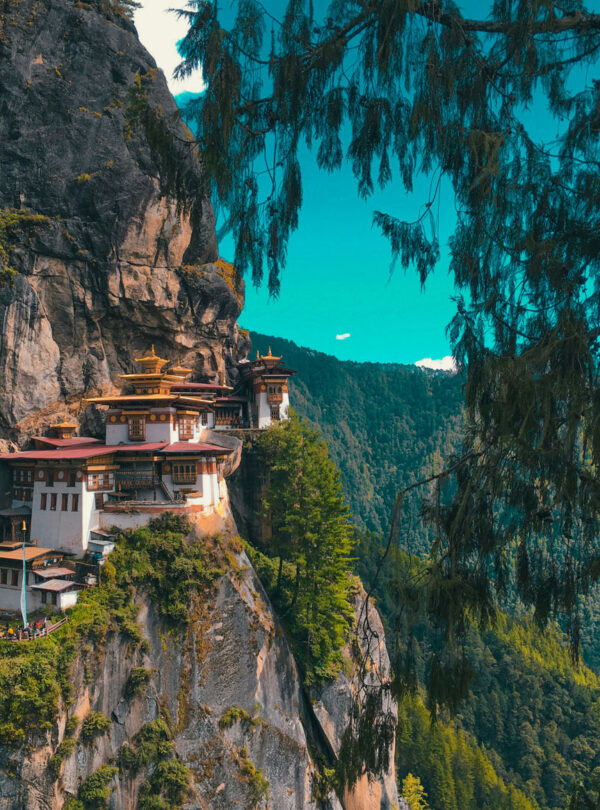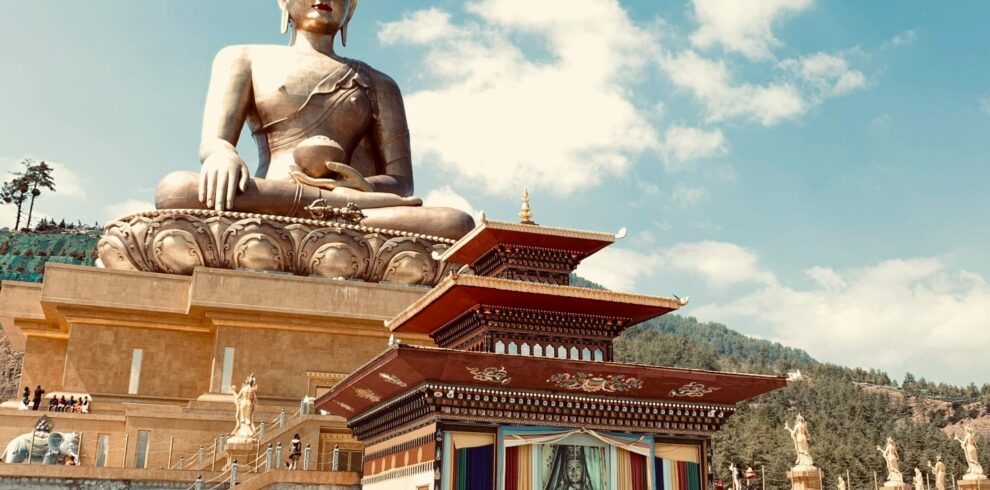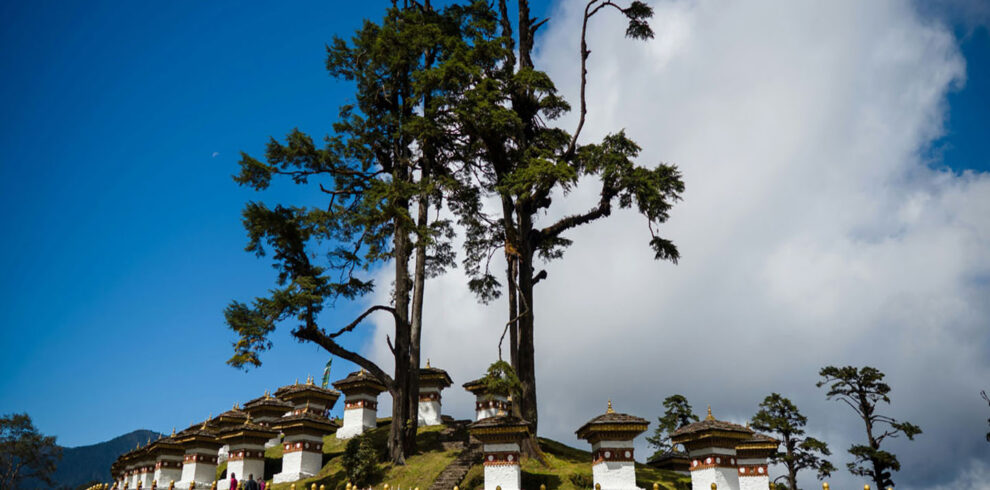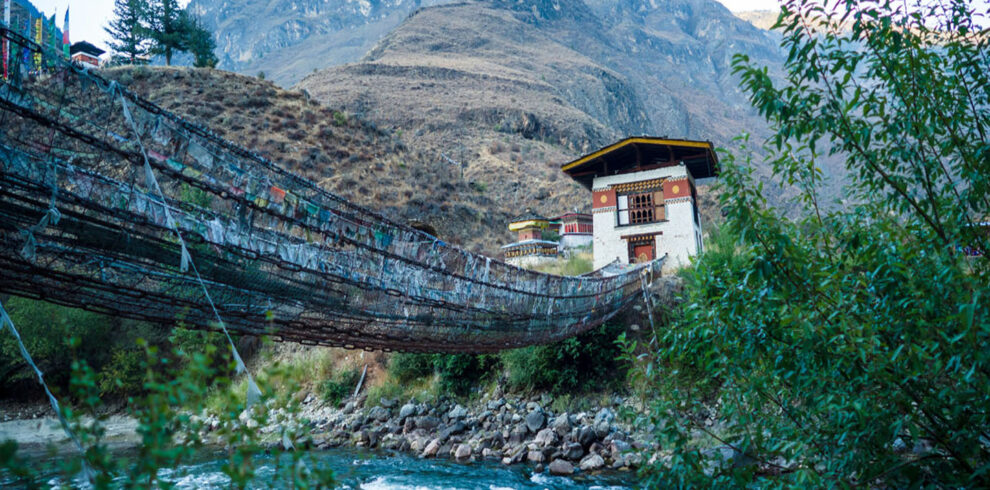Itinerary
On arrival at IXB Bagdogra Airport, our company representative/driver will be there to greet you and proceed to Phuentsholing (980 ft. / 142 km / 3 hrs 30 mins). Dinner and overnight stay at the selected hotel.
• Lunch at a local restaurant
• Overnight stay at Phuentsholing
After obtaining the necessary permits, drive to Thimphu (171 km / 6 hrs), the capital town of Bhutan.
On the way you may visit the KharbandiGumpha a Buddhist Monastary , here you get the fine view of Phuentsholing and Jaigaon township in the valleys of Torsa river
Dinner and overnight stay at the selected hotel.
• Lunch at a local restaurant
• Overnight stay at Thimphu
After breakfast, visit the following sites:
After breakfast, visit the following sites: 1: Buddha Point 2: Simply Bhutan 3: Tashi Chodzong (view from outside) 4: BBS Tower 5:Takin Preservation Center 6: National Memorial Chorten 7:Changlang Kha Monastery 8:Handicraft Bazaar 9:Kaja Throm (Vegetable Market)
Dinner and overnight stay at the selected hotel.
• Lunch at a local restaurant
• Overnight stay at Paro
After breakfast, drive to Paro (50 km) and visit the following:
1: Kichu Lakhang 2: Drukgyel Dzong 3: RinPung Dzong (Paro Dzong) 4: Airport View 5: The Tiger Nest base camp viewpoint only, (seen of Tiger Nest from the viewpoint/parking)Dinner and overnight stay at the selected hotel.
• Lunch at a local restaurant
• Overnight stay at Paro
Taktsang Monastery, famously known as Tiger’s Nest Monastery, is located in Paro district, Bhutan. The monastery is one of the most venerated places of pilgrimage in the Himalayan. Taktsang clings to the rock towering 800m (2,600feet) above the valley and is located 2,950m (9,678 feet) above the seal level. It takes about 2 to 3 hours to climb to the monastery from the road of Ramthangkha, 12 kilometres from Paro town. After Sight seen start your journey for Phuentsholing.
- Lunch outside any restaurant
- Overnight stay at – Phuentsholing
After breakfast; begin your journey to NJP Railway Station or the airport. Enjoy the beautiful valleys en route.
End of the tour.
Take wonderful memories with you.

